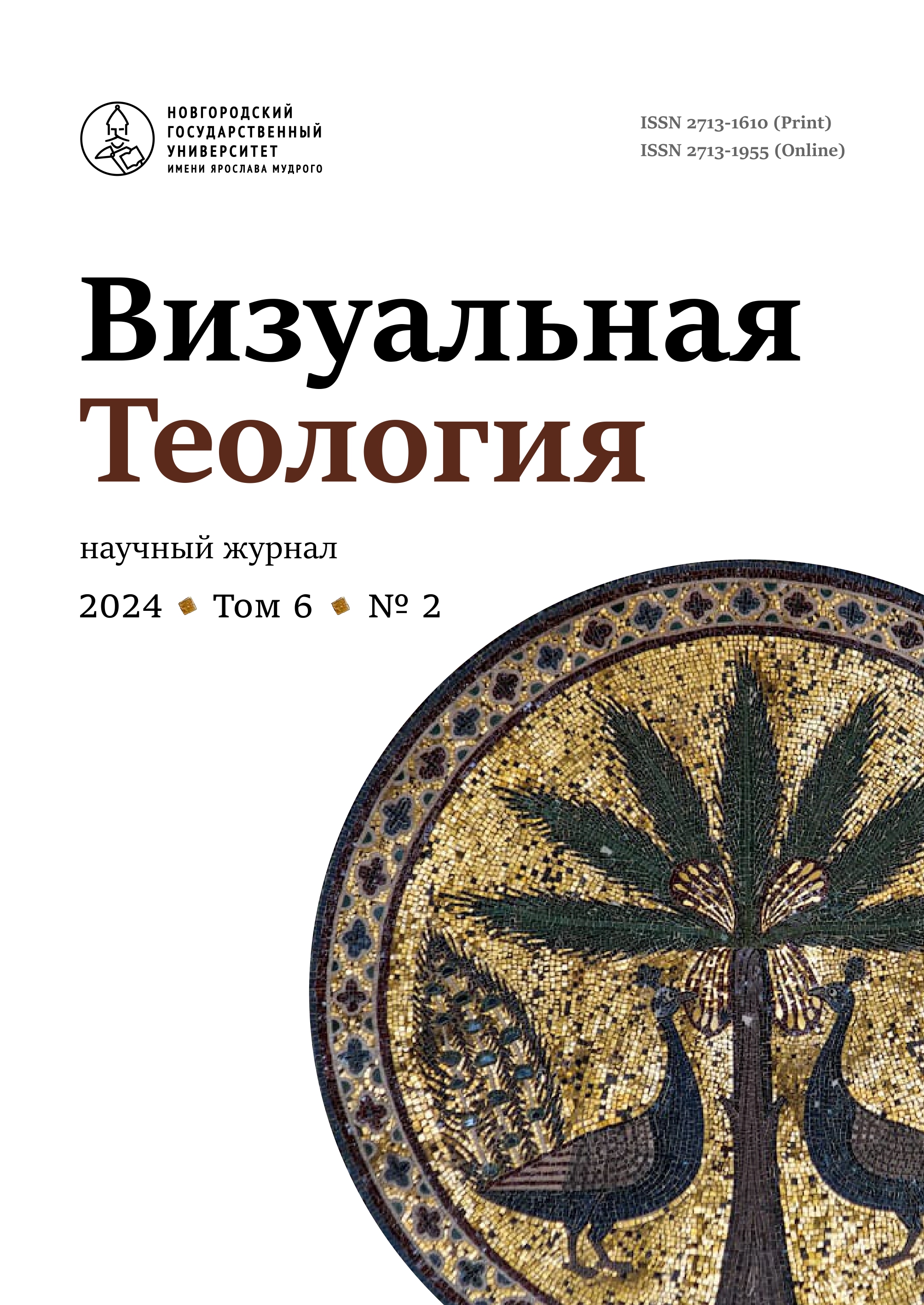Изображения в христианской мысли ΙΙΙ–VI вв.: от богословия к педагогике
Аннотация
В статье рассматривается проблема использования произведений искусства в христианской педагогической традиции. Вопрос об отношении к произведениям изобразительных искусств исследован главным образом внутри философского дискурса. Мы же исключаем из сферы внимания религиозную проблематику образа (отказываясь от рассмотрения проблемы «портрета» и его статуса) и анализируем изображения, не предполагавшие культового использования. В статье показано, что в античной педагогической мысли подчёркивалось значение художественной образности и поэтической наглядности и признавалось, что они по качеству и онтологической ценности превосходят «внешние образы». Изобразительные искусства считались при этом агентами знаний, пригодными для обучения простолюдинов. Фактическая роль изобразительности в эллинистическом обществе и гражданской коммуникации была высока. Однако поскольку образование носило элитарный характер, то тема наглядности не получала специального осмысления. Развитие иудейского и христианского изобразительного искусства показывает, что оно принимает принципы использования изображений, характерные для эллинистических городов, но с рядом определённых оговорок, касающихся культового использования образов. Стены синагог, домов христианских собраний, катакомб, церквей и пр. расписывались фресками и украшались мозаиками; не менее важны были малые изобразительные формы (предметы декоративно-прикладного искусства, иллюстрированные кодексы). Анализ изобразительного наследия подтверждает его связь с религиозным образованием. В заключительной части статьи рассматривается христианская рецепция роли изобразительного искусства, развивающая мысль античных педагогов об изображениях как агентах знания. Христианские авторы распространили на изображения (внешние образы) те концепции, которые раннее касались только поэтической и умозрительной образности; часто звучала мысль о психоэмоциональном воздействии изображений. Латинские авторы, вполне разделяя эти идеи, подчёркивали, что изображения особенно хороши для научения безграмотных. Важным является представление об ограниченной агентности изображений: они требуют пояснения и даже могут вводить в заблуждение.



